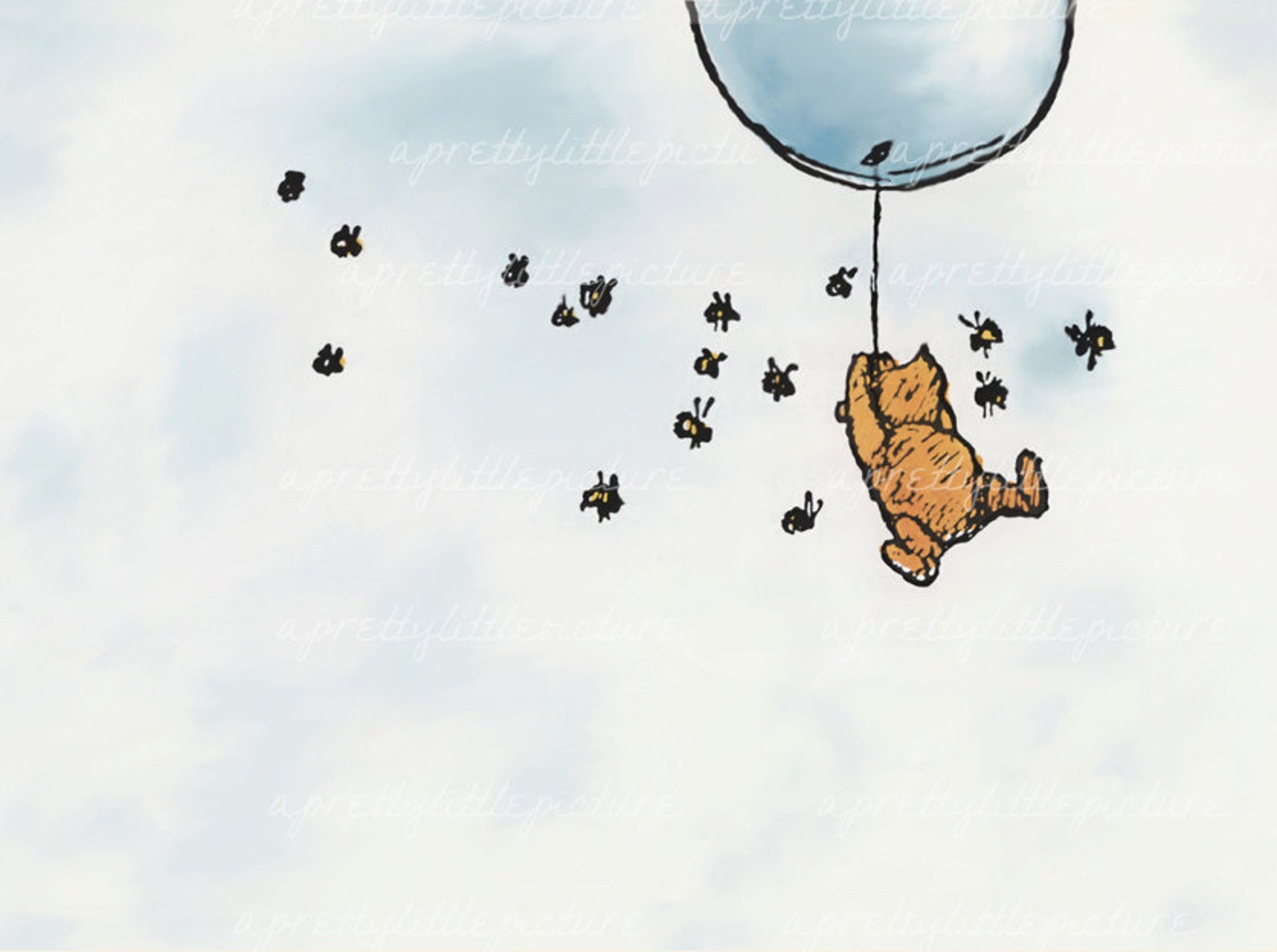

Shepard already had an established career by the time he started working on Milne’s stories in the mid-1920s. © The Shepard Trust, reproduced with permission from Curtis Brown 'Bump, bump, bump', Winnie-the-Pooh chapter 1, pencil drawing by E. He would then tear out the drawings he needed to trace onto another surface. The V&A explains that most of Shepard’s Winnie the Pooh planning drawings were in such sketchbooks, which had perforated pages.

For the Winnie the Pooh stories, Shepard went “on location” into the woods to ensure he accurately captured a decent “climbing tree” or clump of Scots pines. Shepard based his illusions on observation, carrying sketchbooks with him wherever he went and constantly capturing scenery, people and of course various critters down on the page.

Winnie the-Pooh Exploring a Classic (c) Victoria and Albert-Museum, LondonĪccording to the V&A, the show aims to “reveal the real people, relationships and inspirations behind the charismatic bear… and a world representing friendship, simple joys and the curious yet gentle nature of a child’s imagination."įor us, the highlight was in seeing Shepard’s original drawings, and get an insight into the way he worked and how he collaborated with Milne to tell his stories.


 0 kommentar(er)
0 kommentar(er)
